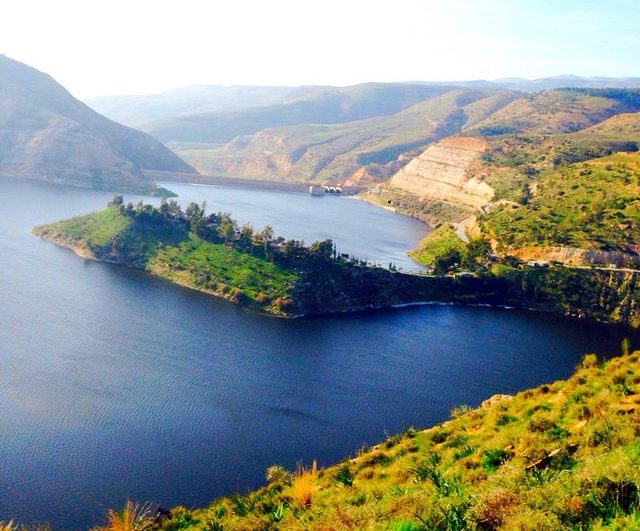January to May 2024 has been a record annual period for Jordan’s irrigation-based horticulture. In this period, agricultural exports increased by 25.3%, according to a June 28, 2024 governmental statement.
According to the national news agency, Petra, via Jordan Times, agricultural turnover from foreign commerce reached 0.5 billion Jordanian dinars (704.25 million).
Meanwhile, yearly horticultural export growth reached 22.3%, an increment that the Minister of Agriculture Khalif Huneifat linked to investments in irrigation.
Fruits of Jordan’s Irrigation
The minister outlined growth in vegetables and fruits as among the areas of impressive growth outside live animal exports.
Vegetables, which thrive by irrigation in the Mujib basin east of the Dead Sea, recorded a 19% yearly growth in turnover, ending May. The vegetable export quantity reached 130,000 tonnes, 27% more than in the corresponding first five months of 2023.
This is even as fruits, which mainly grow in the Petra area near ancient Edom, grew in value by 29.5%. The fruit export volume hit 48,000 tonnes, a phenomenal growth of 48% over that of the January-May 2023 period.
These two key produce of Jordan’s horticulture owed their growth to the government’s modernization of water catchment and irrigation methods.
The Arab state has also offered and hosted rural extension services that help Jordanian farmers, with international support.
Live Flock Exports
Outside crops, there were also honorable mentions like animal exports, which hit 44.2 million dinars ($62.26 million), a 259% yearly increase.
Live sheep shipments fueled the livestock export increase by reaching 220,000 head, 260% more than in January-May 2023.
Like crop cultivation, sheep and cattle rearing depends much on the country’s scarce water, hence its statistical importance.
Thus, it seems like current endeavors to upscale Jordan’s irrigation has insured rapid growth to agricultural exports. As such, below are some highlights of how Jordan performs regionally and internationally in food and agriculture.
Jordan Food and Agriculture Statistics
Jordan is more of a food importer than an exporter with a consumer base of 11 million in 2024, which has doubled in 10 years. According to the government, 98% of food consumables come from foreign destinations, and totaled $2.8 billion in 2021. The most popular of these are rice, meat products, cheese, fresh apples and nuts. The rest of the food comes from local agriculture, especially from farms in the northern and valley parts of the country. As such, agriculture supports 5.9% of the economy as of 2024. The sector also offers jobs to less than 3% of the total national workforce, with most workers from nearby nations like Egypt.
How much land in Jordan is irrigated?
In 2018, Jordan had 8.26% of its cropland under some form of irrigation, the 43rd highest worldwide. According to the Food and Agriculture Organization (FAO), of the 196,000 hectares under crops in Jordan in 2020, 43% depended on irrigation. Regional nations with more irrigated land included Israel at 33.52% in 2018 and Lebanon at 20.23% in 2007. The top country by irrigated area in 2018 was Suriname at 73.81% of its cropland.
What is Jordan’s top agricultural export?
Jordan ranks highly in the export of agricultural inputs such as phosphate fertilizers but not fresh produce. In 2022, potassic fertilizers ranked the top national export worth $2.1 billion.
